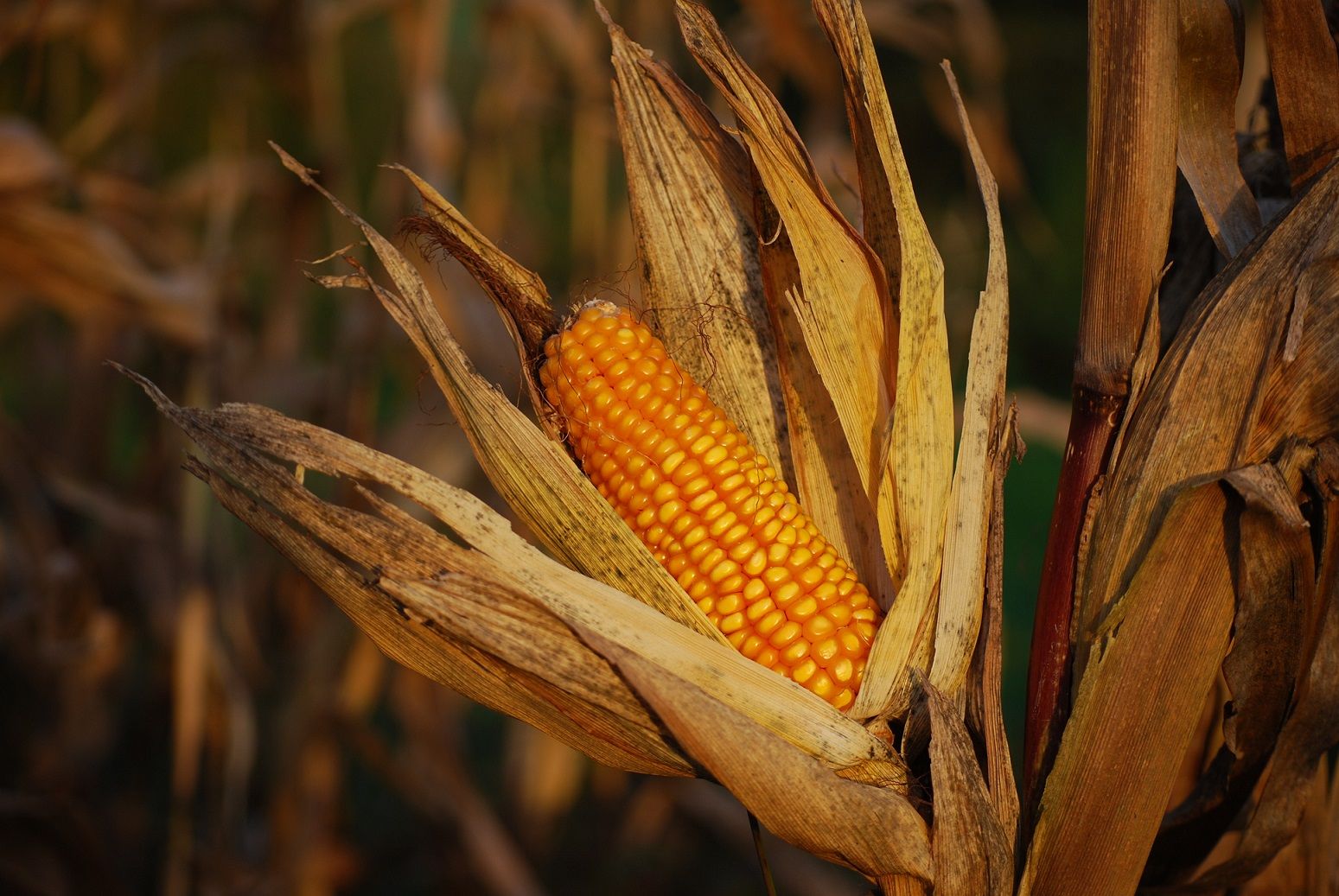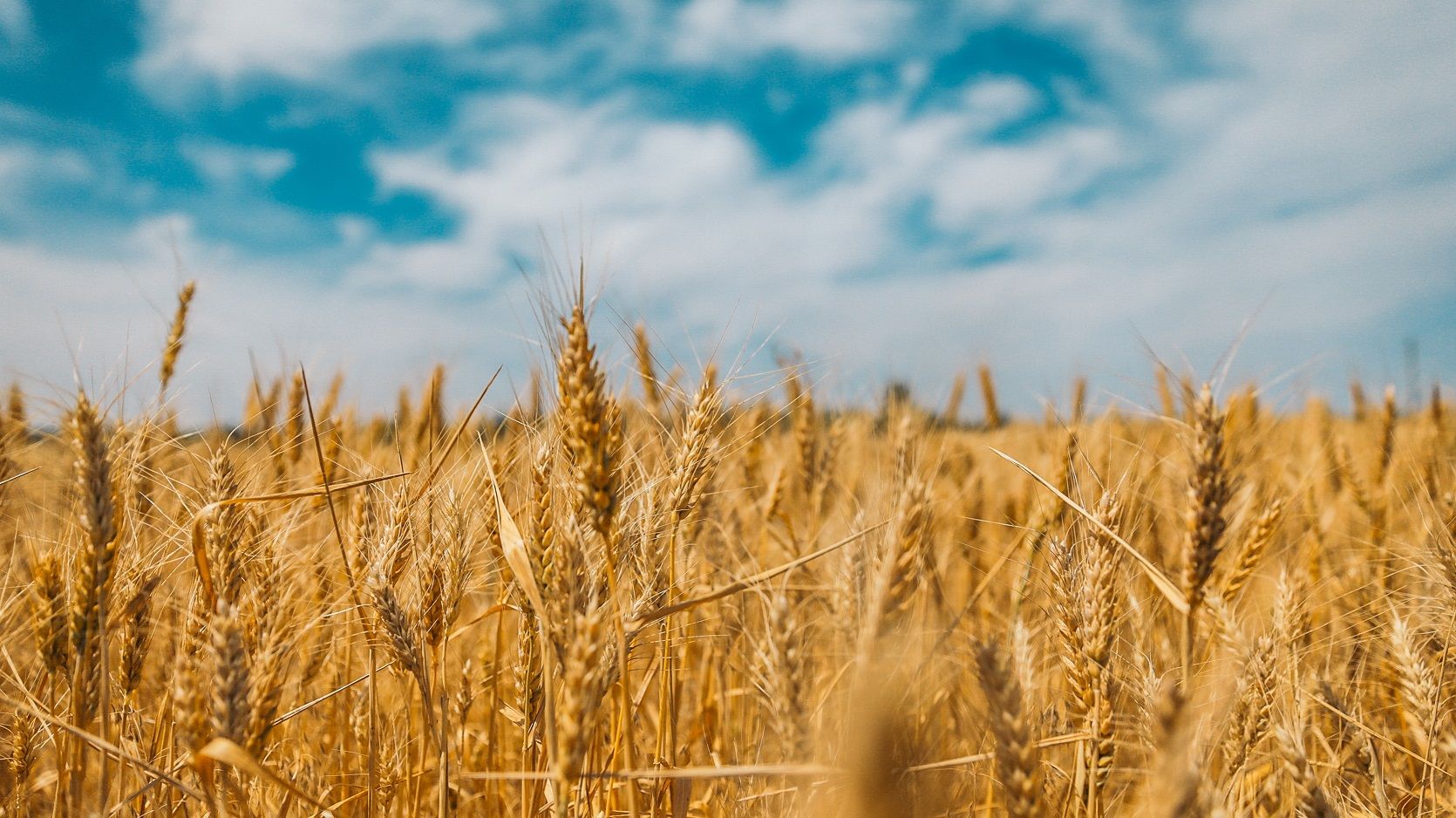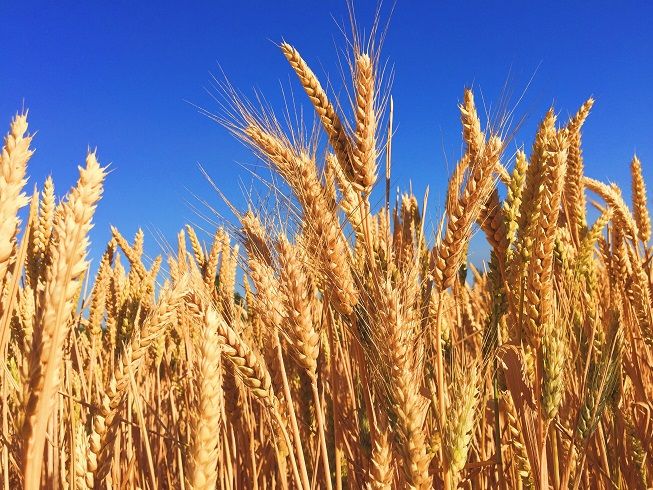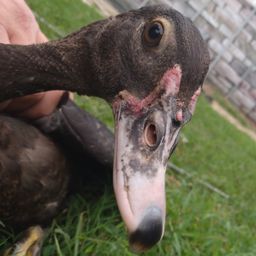How to Plant and Grow Dent Corn for a Bountiful Harvest

Introduction
- Dent Corn (Zea mays indentata) is a versatile and nutritious grain crop that is commonly used for animal feed, human consumption, and ethanol production.
- This guide will provide detailed instructions for planting and growing Dent Corn using sustainable methods for successful cultivation.
- Instructions will take into account variations in growing locations and conditions, as well as specific varieties of Dent Corn.
Planting Instructions
Choose the right time
- Plant Dent Corn in the spring when soil temperatures are consistently above 60°F (15°C).
- Optimal planting time varies depending on the growing location and climate.
Select a suitable location
- Dent Corn prefers well-draining soil with a pH between 6.0-7.5.
- Plant in full sun to partial shade.
Prepare the soil
- Remove weeds and grasses from the planting area.
- Incorporate organic matter such as compost or aged manure into the soil to provide nutrients and improve soil structure.
- Fertilize the soil with phosphorus and potassium to support root growth and seed production.
Sow the seeds
- Plant Dent Corn seeds in rows spaced 30-36 inches apart, with the seeds spaced 6-12 inches apart within the row.
- Cover the seeds with 1-2 inches of soil and pack the soil to ensure good seed-to-soil contact.
Maintain the seedlings
- Keep the soil consistently moist until the seedlings establish.
- Reduce watering frequency as the seedlings mature.
Growing Instructions
Incorporate permaculture and regenerative techniques
- Plant Dent Corn in a polyculture setting to promote biodiversity and soil health.
- Utilize swales, contour planting, and keyline design to maximize water retention and distribution.
- Encourage beneficial insects and wildlife to create a balanced ecosystem and natural pest control.
Fertilization
- Dent Corn requires moderate to high levels of nitrogen for optimal growth.
- Incorporate a balanced, organic fertilizer into the soil before planting or use a top dressing of compost or aged manure.
- Consider using cover crops or companion plants to add additional nutrients to the soil.
Pest and disease management
- Dent Corn is susceptible to a variety of pests and diseases, including corn earworms, armyworms, and fungal infections.
- Use integrated pest management techniques such as crop rotation, biological control, and cultural practices to minimize pest and disease pressure.
Irrigation
- Established Dent Corn requires moderate to high levels of water for optimal growth.
- Utilize water-saving techniques like drip irrigation, rainwater catchment, or mulching to conserve water resources.
Weed control
- Use mulching or hand weeding to suppress weed growth and minimize soil disturbance.
Harvesting and propagation
- Harvest Dent Corn when the ears are fully mature and the kernels are hardened and dry.
- Cut the Corn stalks close to the ground using a sickle bar mower or combine harvester.
- Dent Corn can be propagated through seed or through division of the root crown.
By following these detailed planting and growing instructions for Dent Corn, including variety-specific instructions and sustainable methods, you can successfully cultivate this versatile and nutritious grain crop in various growing zones, providing numerous benefits such as animal feed, human consumption, and ethanol production.
Interested in growing other grains? Keep reading!
Planting and Growing Winter Wheat
Discover the tips for planting and growing winter wheat, including variety-specific instructions and sustainable methods for a successful harvest

Planting and Growing Spring Wheat
Discover the tips for planting and growing spring wheat, including variety-specific instructions and sustainable methods for a successful harvest


